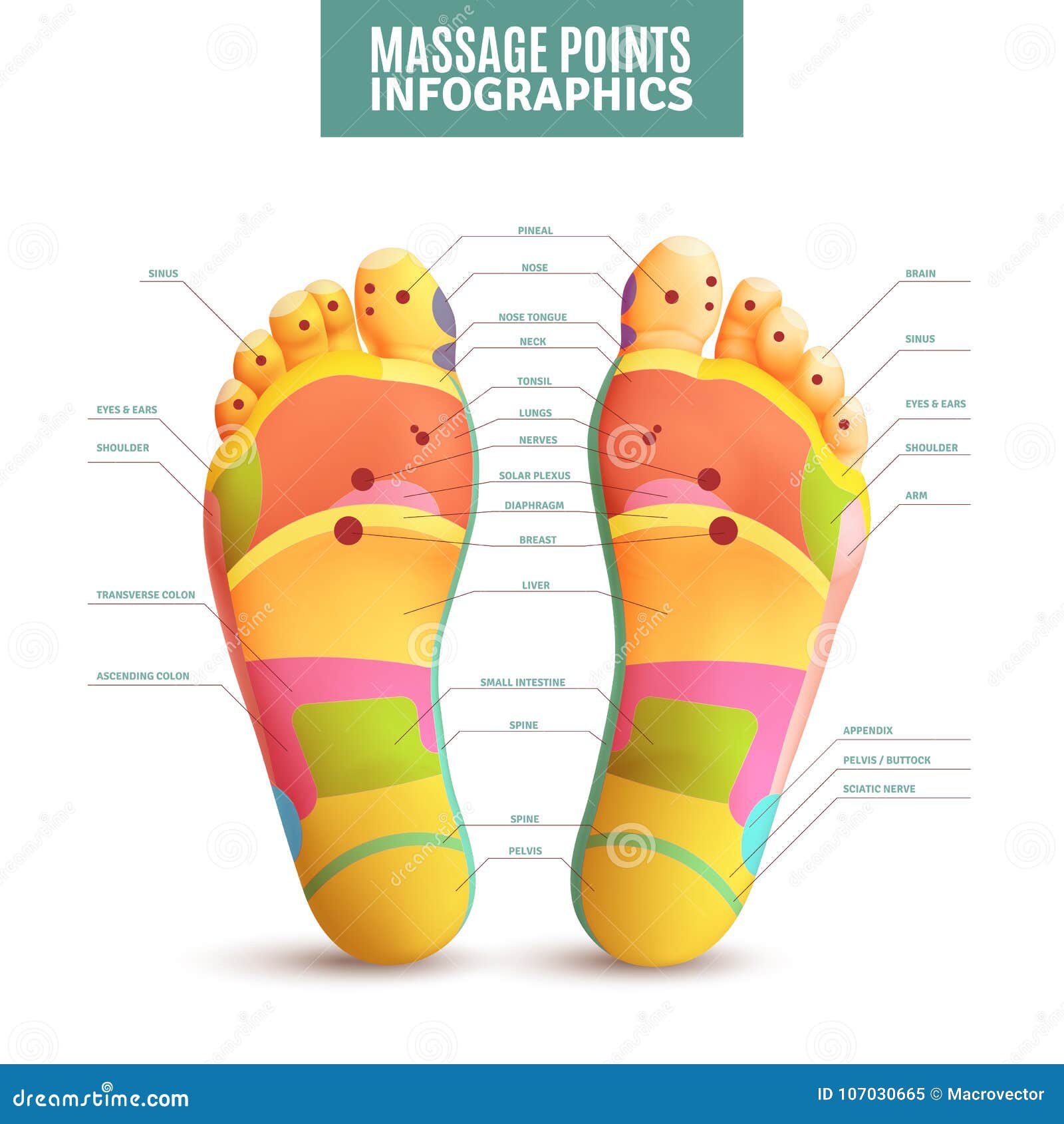Steps To Follow To Find A Great Sports Massage Therapist Today
Steps To Follow To Find A Great Sports Massage Therapist Today
Blog Article
Therapy Centers Offering Sports Recovery Services
Therapists can help athletes perform better by educating them about their bodies and encouraging them to prioritize healthy habits. This includes hydration, nutrition, stretching, and soft tissue work.
Adding recovery services to your sports medicine practice boosts client engagement, builds brand awareness, increases referrals, and generates new revenue. Popular options include percussion massages and hyperice technology.
Muscle Strains
Muscle strains are a common injury for athletes, but they can happen to anyone who exercises or participates in physical work. They typically occur when the muscle is overused, stretched or subjected to sudden force like during jumping or sprinting.
The type of exercise or activity that causes a muscle strain can also play a role in the severity of the injury. For instance, a muscle that has a large percentage of fast-twitch fibers is more predisposed to injury from eccentric contractions such as those that occur during sprinting and jumping.
A therapist will assess the injury by measuring how much passive and active range of motion you have with the injured muscle and how strong against resistance it is. They may also check to see if the injury has damaged other tissues such as ligaments. They will recommend treatment to minimize pain and support recovery. This includes rest, icing, anti-inflammatory medication (like ibuprofen or naproxen) and elevation of the affected area.
Warm Up Issues
The warm-up is an important part of any training session and should be done before the main exercises of a workout. Therapy centers that offer sports recovery services can help athletes with their warm-ups by strengthening certain muscles and joints and addressing any imbalances in the body. They can also teach athletes proper technique for a variety of sports, which reduces the risk of injury. They can also provide specialized equipment like the AlterG anti-gravity treadmill that helps to enhance athletic performance. This can help athletes to perform at the highest level possible. Moreover, they can provide nutritional counseling that supports recovery from injuries and performance enhancement.
Sports Injuries
Whether you are an amateur or professional athlete, it is important to be proactive about injury prevention. If you do suffer a sports injury, make sure to seek medical attention as soon as possible. Untreated injuries can result in long-term pain, reduced mobility and a higher risk of future injury.
A healthcare provider will perform a physical exam and ask questions about the type of activity that led to the injury. They may also order imaging tests like x-rays or magnetic resonance imaging (MRI) scans to evaluate the injury and determine how severe it is.
Treatment for most sports injuries includes resting, icing, compressing and elevating the injured area. Some may require a brace or splint for support and protection. For severe injuries, a health care provider may recommend surgery or other medical procedures to treat the injury. Physical therapy is often recommended after a surgical procedure to promote healing and help the patient return to regular activity.
Physical Therapy
Depending on the injury or condition, physical therapy can help reduce pain and improve strength and range of motion. A physical therapist can also help prevent future injuries by identifying weak areas and creating exercise programs that address these issues before they become problems.
A good physical therapist will work with athletes to build confidence and encourage them as they heal, which can have a positive impact on an athlete’s mental health. They will also educate athletes about their bodies so they can take better care of themselves, including educating them on proper techniques for exercises and movements.
A physical therapist will use various hands-on techniques to reduce pain and improve mobility. This includes myofascial release, which targets tight muscles and fascia to relieve tension. They may also utilize PNF stretching, which helps is sports massage painful strengthen muscles and improve flexibility. A physical therapist can also use diagnostic musculoskeletal sonography, which helps them identify and treat injuries more quickly.